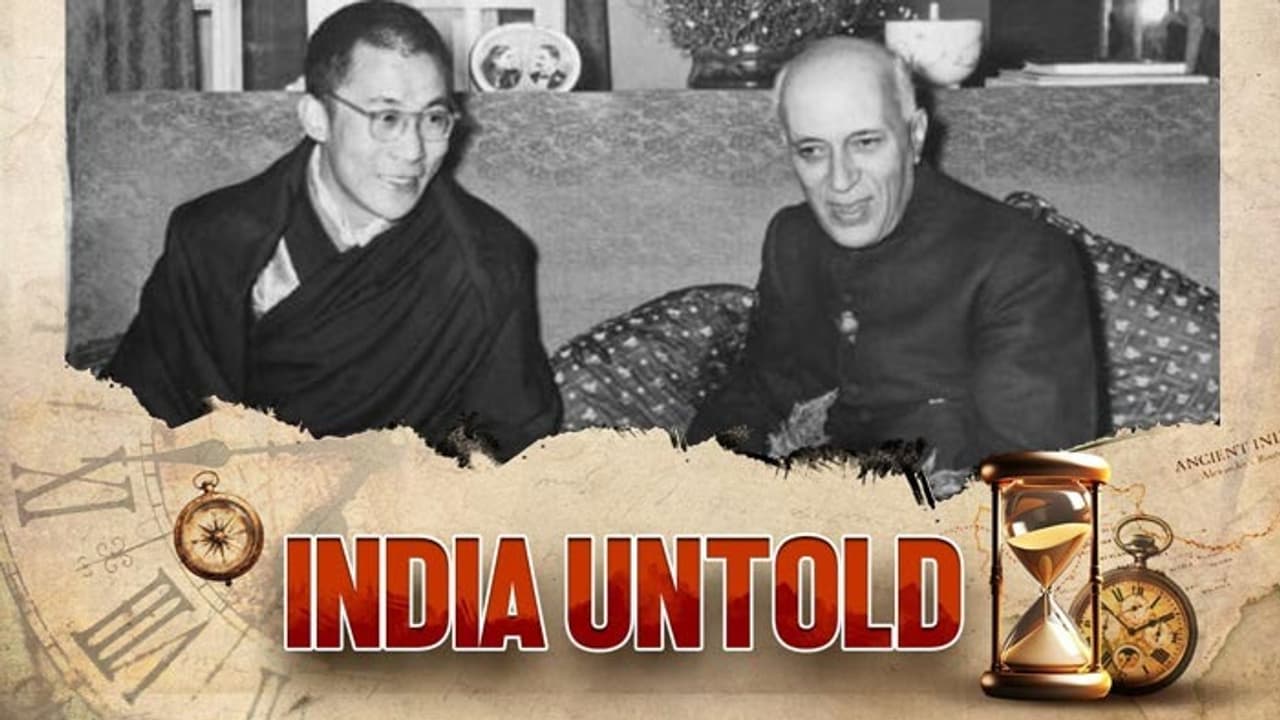Jawaharlal Nehru, India’s first Prime Minister, made his first visit to Leh on 4 July 1949 at the invitation of the 19th Kushok Bakula Rinpoche, the ‘Architect of Modern Ladakh’.
When India’s first Prime Minister, Jawaharlal Nehru, died on March 27, 1964, the nation mourned. Among those grieving deeply was his trusted friend and confidant, the 19th Kushok Bakula Rinpoche—a revered Buddhist spiritual leader and then-MLA representing Leh. Nehru had persuaded Rinpoche to step into politics, a decision that would forever alter Ladakh’s destiny. Following Nehru’s counsel, Rinpoche went on to serve as a minister in the erstwhile Jammu and Kashmir government, Member of Parliament, and ultimately the towering political figure of 20th-century Ladakh. He later represented India as Ambassador to Mongolia, earning accolades for his dedicated service. Former Prime Minister Manmohan Singh hailed him as the “Architect of Modern Ladakh.”
In a heartfelt letter to Nehru’s daughter, Indira Gandhi, dated 1 June 1964, Rinpoche expressed his sorrow, “The passing away of our most beloved and distinguished Pandit ji is one of the saddest events in the history of man. Mother Earth has become poorer. Man will have to perform deeds of merit for thousands of years before [another] one like him walks upon this earth again…It is the pious wish of our people that a portion of the last remains of the ones who took so much interest in their well-being should be taken to Ladakh so that they may have the sacred opportunity of showing their reverence according to their religious rites. This implies the building of a Stupa and enshrining the sacred remains therein. I would therefore, request you kindly to feel considerate to our deeper sentiments and oblige us by giving a portion of the last rites of our Pandit ji in favour of the people of Ladakh.”
Like millions across India, the people of Ladakh revered Nehru. His historic visit to Leh reshaped the region’s political and social landscape.
Identifying Potential
The strategic importance of Ladakh became starkly apparent during the incursions by Pakistani tribal raiders in 1947–48. In early 1948, when these raiders threatened Ladakh, Rinpoche efficiently coordinated India’s defense on the ground. A year later, with the United Nations deliberating a plebiscite in Jammu and Kashmir, Rinpoche was summoned to meet Prime Minister Nehru at Teen Murti Bhavan on 20 May 1949. Accompanied by a delegation and Mr Wangbo Nangso as interpreter—since Rinpoche was not yet fluent in Hindi, Urdu, or English—he undertook a grueling journey, traveling on foot and horseback to Srinagar, then by road and rail to Delhi.
At stake was the fate of Kashmir, and by extension, Ladakh. Yet, when Rinpoche met Nehru, his apprehensions melted away. Nehru’s warmth and genuine concern for people immediately put him at ease. Rinpoche conveyed the Ladakh Buddhist Association’s position on why Ladakh should remain part of India, regardless of the plebiscite, and courageously invited Nehru to visit Leh. To his delight, Nehru accepted.
Barely two months later, on 4 July 1949, Nehru landed in Leh on a makeshift airstrip near Pethub Monastery—the first visit by India’s highest leadership to the region. Accompanied by his daughter Indira, Sheikh Abdullah, Defence Minister Krishna Menon, photojournalist PN Sharma, and BBC correspondent Sati Sahni, Nehru was greeted by Rinpoche and a delegation. They escorted him to Wazir Bangla, the provincial officer’s bungalow, where he would stay.
Over four days, Nehru assessed the region’s unique challenges, meeting local delegations, and listening intently to their concerns. It was during a reception along the azure Indus River that Buddhist and Muslim representatives unanimously chose Rinpoche as their voice to both Nehru and Sheikh Abdullah.
At Wazir Bangla, Nehru explained India’s nascent democratic system to Rinpoche. Sonam Wangchuk, Rinpoche’s long-time assistant, writes, “Then, with an implicit recognition of Rinpoche’s spiritual priorities and education, he made him a fateful offer. The Prime Minister said that Rinpoche should consider combining his spiritual leadership with political leadership, for the sake of the people…And no one was better placed or better suited to discharge this duty of leadership, he said, than Rinpoche himself.”
Initially, Rinpoche hesitated, citing his monastic vows and limited knowledge of Indian politics. But Nehru, observing his leadership qualities and the reverence he commanded across communities, persisted. Sonam Wangchuk recalls:
“Pandit ji reminded him, kindly but firmly, of Buddha’s teaching to work for the well-being of others…there could be no better opportunity than this [entering politics] to help free the people of Ladakh from the shackles of poverty, ignorance and deprivation.”
With community elders rallying to support him, Rinpoche ultimately accepted the political mantle, provided it did not interfere with his Buddhist ethics and monastic discipline.
Nehru’s final day in Leh was marked by a public address, promising expert teams from New Delhi to assess the region’s needs and support Ladakh’s developmental goals. Sonam Wangchuk notes:
“Nehru’s short visit had an abiding impact on the people of Ladakh. It gave them a sense of security and belonging concerning the new democratic, secular and socialist independent India. In Pandit Nehru, they saw a visionary, but also a man with a simple and sincere heart, who genuinely cared about the welfare of the people.”
Till Nehru’s passing, the two men worked closely to integrate Ladakh with India, their bond enduring until Nehru’s last days. Sonam adds, “Rinpoche was struck by Nehru’s personal faith in Buddhism and his genuine dedication to the cause of uplifting the plight of the poor and downtrodden in India.”
Despite setbacks—such as ignored warnings about Tibet in 1955 and the Chinese aggression of 1961–62—Rinpoche never wavered in his loyalty to Nehru and remained committed to the welfare of Ladakh and the Tibetan refugees who sought refuge in India. Without Nehru’s guidance, Rinpoche might never have ventured into politics, and without Rinpoche, Ladakh’s modern trajectory would have been uncertain.
(The article has been curated with the help of AI)
